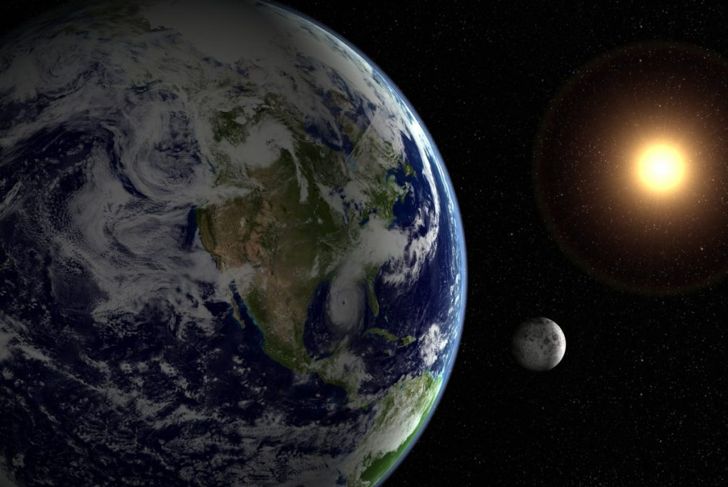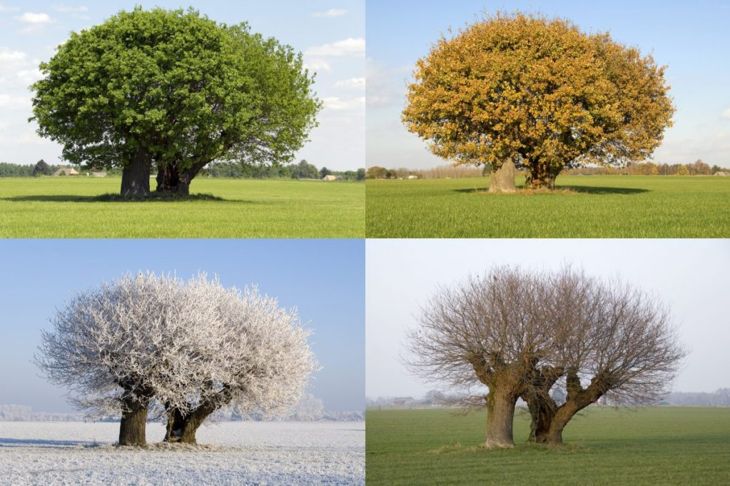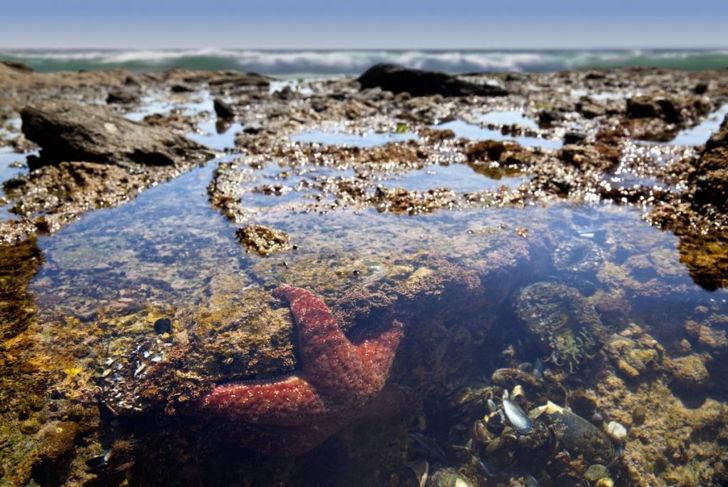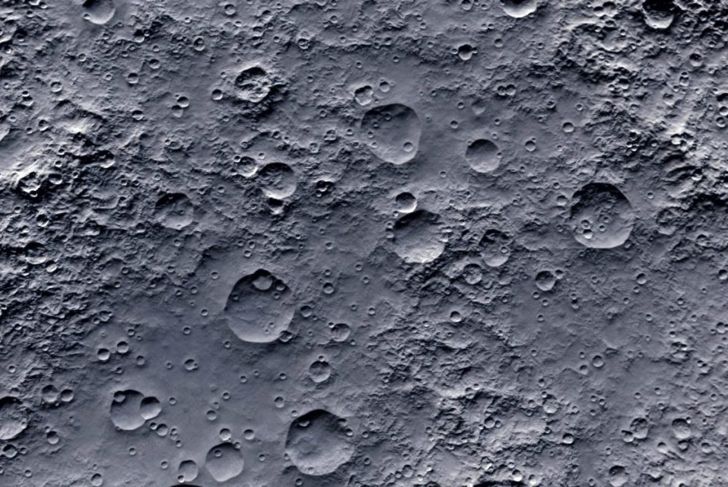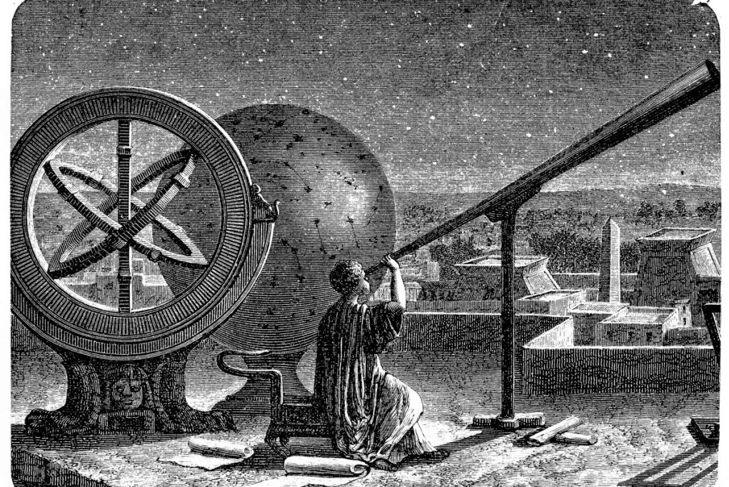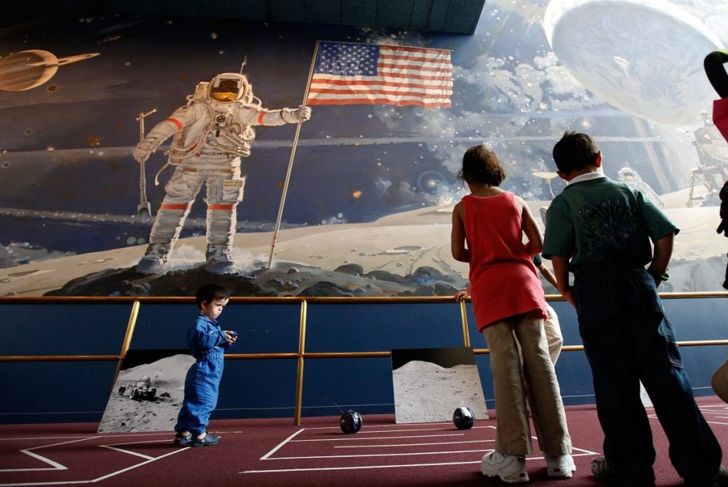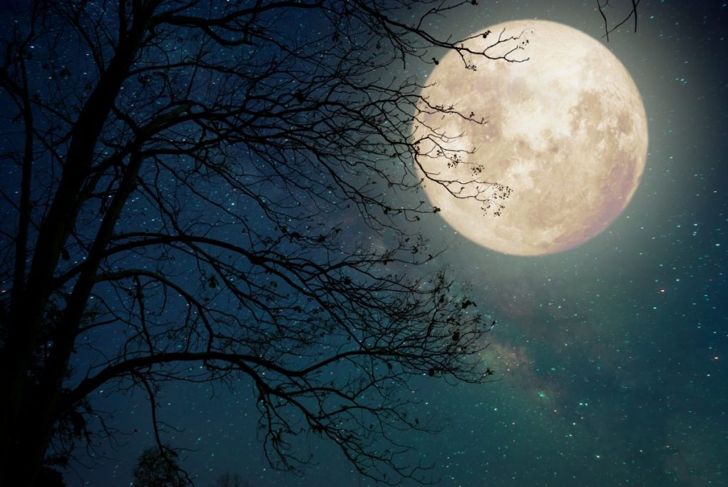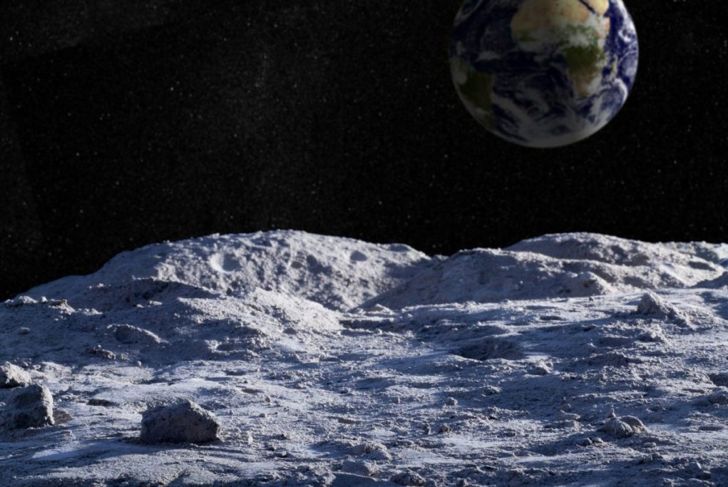Our natural rocky satellite has been the Earth’s companion for billions of years. As well as being an inspiration for artists, poets and a useful source of light for night time walkers, there are many other scientific reasons to be grateful for our moon. The truth is that life on Earth may not have evolved so much beautiful complexity without it. From tidal forces that influence our oceans to a stabilizing counterweight for the Earth, life would be near impossible without our moon.
Balancing
Around 4 billion years ago, a small planet named Thea collided with the Earth. Both worlds combined and melted. A smaller section of molten rock budded off the more significant part and cooled to form the moon. If Thea had missed the Earth and the moon never created, then our planet would behave differently in orbit.Planets without moons have a distinct wobble, called a precession. This wobble would make weather and seasonal patterns much more unstable than they are now. Possibly ice ages would be more frequent as a result. Our moon and Earth pull on each others mass through gravity. This pull balances our planet, reducing the wobble and allowing us to enjoy a more stable climate than if it was not there.
Seasons
Another effect of the moon’s creation was the tilt of the Earth. The force of the impact made our world tilt over slightly, making the 23.5-degree axis we have today. This angle varies slightly over time from between 21 and 25-degrees, but changes so slowly it has little effect on the climate.The tilt of our world on its axis means the surface of the northern hemisphere is slightly closer to the sun in summer, but further away in winter. This difference means the earth gets more heat in the north in summer, less in winter. It is this temperature difference which creates the seasons. The opposite temperature effect occurs in the southern hemisphere. Without the moon, we would not enjoy seasonal differences on Earth.
Tides
Although the moon is much smaller than our planet at 3,474km across compared to the Earth’s 12,742km, the moon is large enough to have a gravitational pull. One effect of this pull is the tides. Whatever side of the earth the moon is on, it pulls the water towards it. This bulge raises sea level where our planet is closest to the moon and decreases sea level on the opposite side of the world. Because the moon’s orbit is over a fixed time the pull on the sea is regular and predictable meaning shorelines around the world are regularly exposed and covered. Tidal changes have created huge impacts on the creation of natural niches like mangrove swamps, beaches, and tidal lagoons among others. Without the moon, the sea level would not vary, and these environments would not exist. Nor would the lifeforms that evolved to live in these niches.
Evolution Of Life
Life on Earth began in the seas. For millions of years, there was no life on land at all. Because seashores are regularly exposed by tides, this created an area which plants and animals could adapt to life exposed to air for part of the day. Early life forms effectively held their breath when exposed to air, breathing again when submerged in water. Over time, some plants and animals mutated and adapted to thrive in this changing zone of water and air. This led to lifeforms which could also survive in the air better than water, and these plants and animals conquered the empty land. While it’s possible life could have adapted from the sea straight to land, it would probably have taken longer – maybe it would never have happened. By creating changing niches, the moon provided the right conditions for natural selection to enable life to move on to land.
Protection
Asteroids and meteors are the leftovers from early planet formation in the solar system. Most are in the asteroid cloud between Mars and Jupiter. Occasionally, these rocks bump together and are pulled into a different orbit by the gravity well of the sun. These lumps of rock and ice vary from tiny specs to mountain size, as sometimes hit other planets or moons.The Earth has been hit many times, sometimes with disastrous effects. But we would have been hit much more if the moon was not there. It acts as a shield, taking impacts that otherwise would have hit us. Because there is no weather on the moon, all the overlapping impact craters are still visible today.
Learning About Astronomy
Astronomy is the scientific study of space and our universe. Although we can see the moon, stars and identify other planets with our eyes, we can’t see much detail. Astronomy made more discoveries once telescopes were invented. Telescopes focus and magnify light allowing us to see more detail – as if we were closer to the object. As stars and the other planets in our solar system are far away, early telescopes could see little more than by eyesight alone. The moon, however, is close enough for the first telescopes to pick up many details invisible to the naked eye. By 1645 astronomer Michael Florent van Langren had mapped the lunar surface giving names to areas such as the sea of tranquility. Early technology was improved until we now can see distant galaxies and planets. All this started with studies of our moon.
A Challenge
The space race between the former Soviet Union and the United States advanced space travel quickly. From the first human-crewed spacecraft with Yuri Gagarin in the Vostok 1 in April 1961o, it was only eight years before the Apollo 11 mission safely landed Neil Armstrong and Buzz Aldrin on the moon. The extraordinary achievement of the moon landing was an important boost to human knowledge, technology, and pride in what we can do if we try hard enough. Without the challenge of reaching the moon, we would also lack several inventions which the space programs created. Some of these spinoff inventions are; artificial limbs, freeze drying food, solar cells, water purification, and scratch-resistant lenses for glasses.
Future Colony
It takes considerable energy to leave the Earth’s gravity well. Rockets need large quantities of fuel to move even small weights into space. If humans are going to meet the challenge of exploring space and maybe colonizing Mars, we will need to take lots of equipment into space. Another possibility would be to set up a permanent colony on the moon. While people will still need to travel to a lunar base, we could develop the technology to make equipment on a lunar base. Right now this technology does not exist, but scientists predict future 3D printers could turn raw materials like moon rocks into useful metals, plastics, and other building resources. Because the gravity of the moon is far lower, it will be easier and cheaper to build spacecraft and orbit towards mars from there.
Inspiration
The moon has also had a massive impact on human society and culture. Consider how many songs, poems, stories, legends, and works of art have been inspired by the moon. The gentle, soft light lends itself to romantic comparisons. Remember the balcony scene where Romeo seeks Juliet by moonlight? Perhaps Shakespeare would not have written this classic scene without it. Children’s stories of a man in the moon as well as ancient legends and myths of moon gods and people transforming into wolves at full moon are part of our culture. Without the moon, we would be poorer in so many ways.
What If The Moon Vanished?
A fascinating thought experiment to highlight how important the moon is to life on Earth is considering what would happen should it suddenly disappear.
- More asteroids will hit the Earth
- Tides will stop
- Earthquakes and volcanoes become more frequent
- The climate will change in unpredictable ways
- The Earth will spin faster causing shorter days
Of course, the moon will not mysteriously vanish. But the moon is slowly receding from our planet at 4 cm per year. It is unlikely the moon will ever leave orbit, but in the distant future, it will have a lesser effect on Earth which will make life more challenging.

 Home
Home Health
Health Diet & Nutrition
Diet & Nutrition Living Well
Living Well More
More